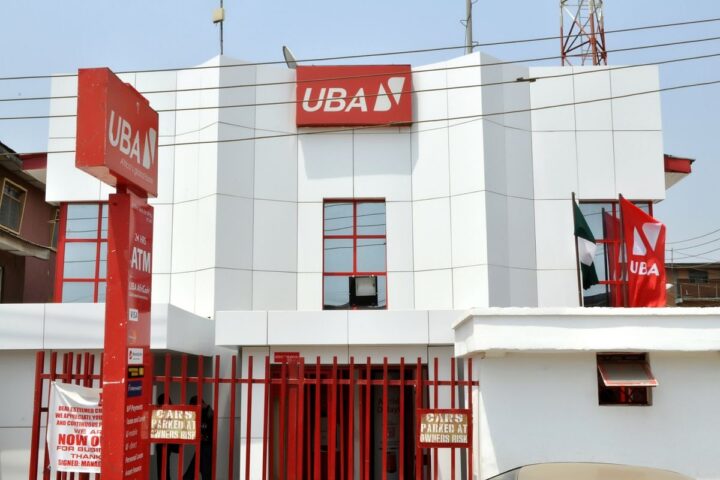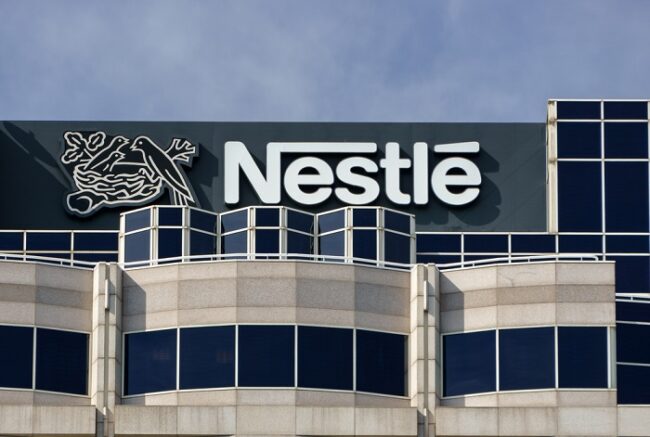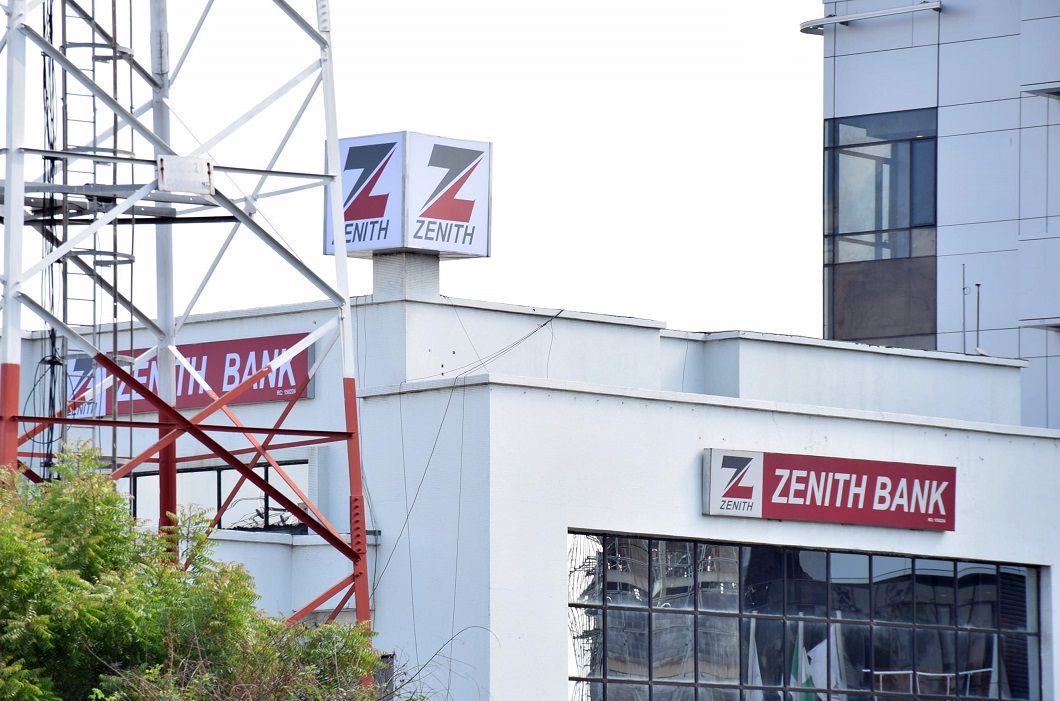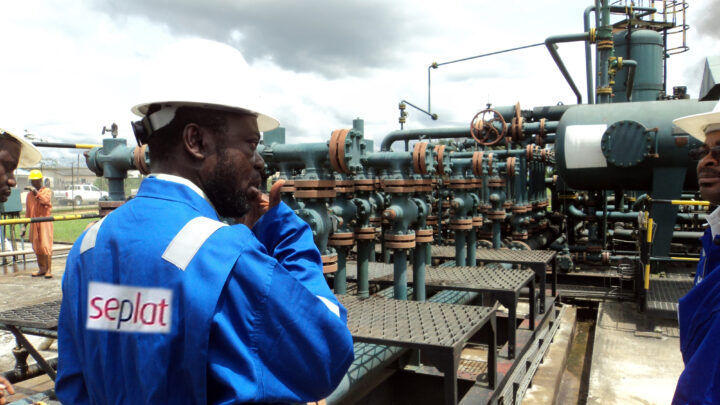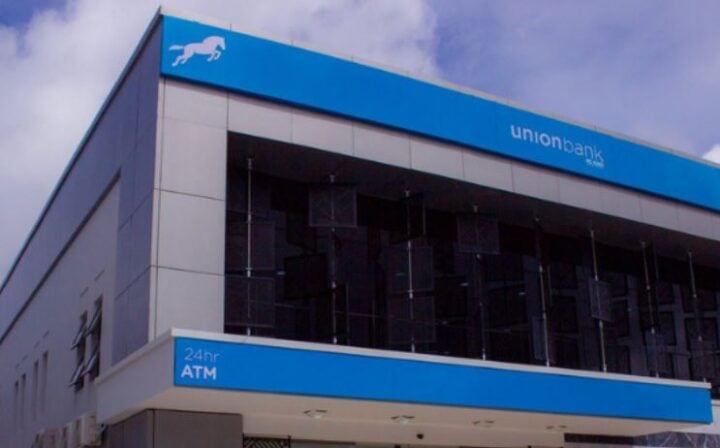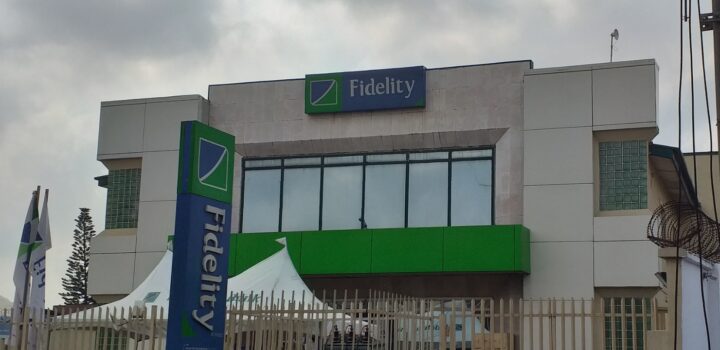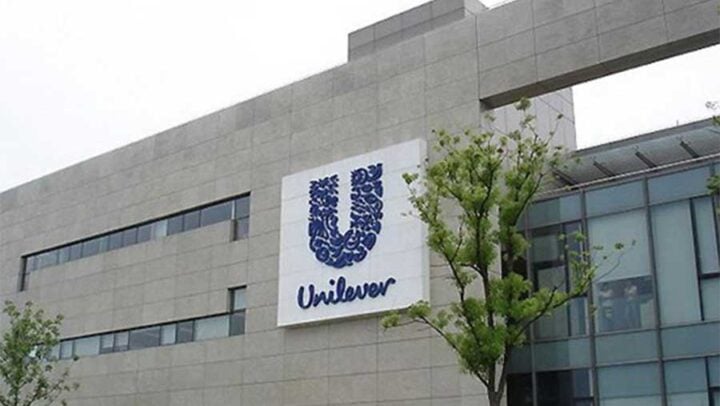United Bank for Africa Plc (UBA) grew after tax profit by close to 36 percent year-on-year at the end of the third quarter to close at roughly N105 billion. Growing recoveries and declining impairment charges on loans and advances are contributing to the highest profit growth the bank has recorded since 2014.
The bank’s top speed growth this year is a combination of cost savings and revenue enhancement. Its management achieved cost saving from all three key expense lines of loan impairment expenses, cost of funds and operating cost at the end of the third quarter.
The bank is also seeing one of the lowest credit loss expenses in many years so far this year. Loan recoveries are growing while new impairment charges are declining, leading to a rapid drop in net loan impairment expenses.
Loan impairment expenses of the bank went down by over 70 percent to N3.4 billion at the end of the third quarter operations. This is a reversed movement from a 48 percent growth in loan loss expenses at the end of last year.
Advertisement
The bank’s top loan recovery records include N7 billion previously written off bad loans, which led to a net write back of N732 million in loan impairment expenses for the third quarter. In effect, net loan loss expenses declined from N4.1 billion at the end of June to N3.4 billion at the end of September 2021.
There is also an impairment reversal of over N1 billion on loans to banks in the third quarter. Further Impairment reversals were made on other assets and other credit loss expenses during the period.
The bank also recorded a drop of 38 percent in new impairment charges year-on-year at the end of September. This is an indication of a substantial improvement in the overall credit quality standard of the bank.
Advertisement
The drop in net credit loss expenses at the end of the third quarter represents a cost reduction of over N8 billion over the review period.
Moving against generally growing cost of funds, the bank also reduced interest expenses by 13 percent year-on-year to close at N114.4 billion at the end of September. This represents a reduction of about N17 billion over the period.
UBA also extracted some cost saving from operating expenses in the third quarter, marking an all-round cost saving so far this year. Its total operating cost grew by 7 percent to close at N206 billion at the end of September, which is a relative slowdown compared to a slightly stronger growth in revenue.
While costs declined all-round, the bank improved revenue over the nine months of operations this year. It grossed N490 billion at the end of the third quarter, which is an increase of 8 percent year-on-year or about N36 billion.
Advertisement
Interest earnings grew by over 8 percent to about N344 billion but non-interest earnings went down by 5 percent to N102 billion over the same period. Net trading and foreign exchange income accounted for the decline in non-interest income with a drop of more than 40 percent to N27 billion over the period.
The increase in interest income and a drop in interest expenses enabled an increase of 23 percent in net interest income to N229 billion at the end of September 2021. With the drop in net loan impairment charges, the bank was able to grow net income by over 16 percent to N328 billion at the end of September.
The combination of cost saving and revenue improvement is the driver of UBA’s outstanding growth in the bottom line in the current financial year. The result is a gain in profit margin from 19.2 percent at half year to 21.4 percent at the end of the third quarter.
The year-on-year reading shows a wider improvement in net profit margin from 17 percent in the same period last year to 21.4 percent.
Advertisement
UBA closed last year’s operations with an after tax profit of N114 billion, which is a strong growth of almost 28 percent. The bank is steering an accelerated growth this year and this is happening for the third year running.
The ability to sustain the third quarter profit growth record to full year is a key point to watch on UBA in the final quarter. In the event of a slowdown, the cost-income combination appears good enough to assure high prospects for closing the year with one of the strongest profit advances in many years.
Advertisement
Add a comment

